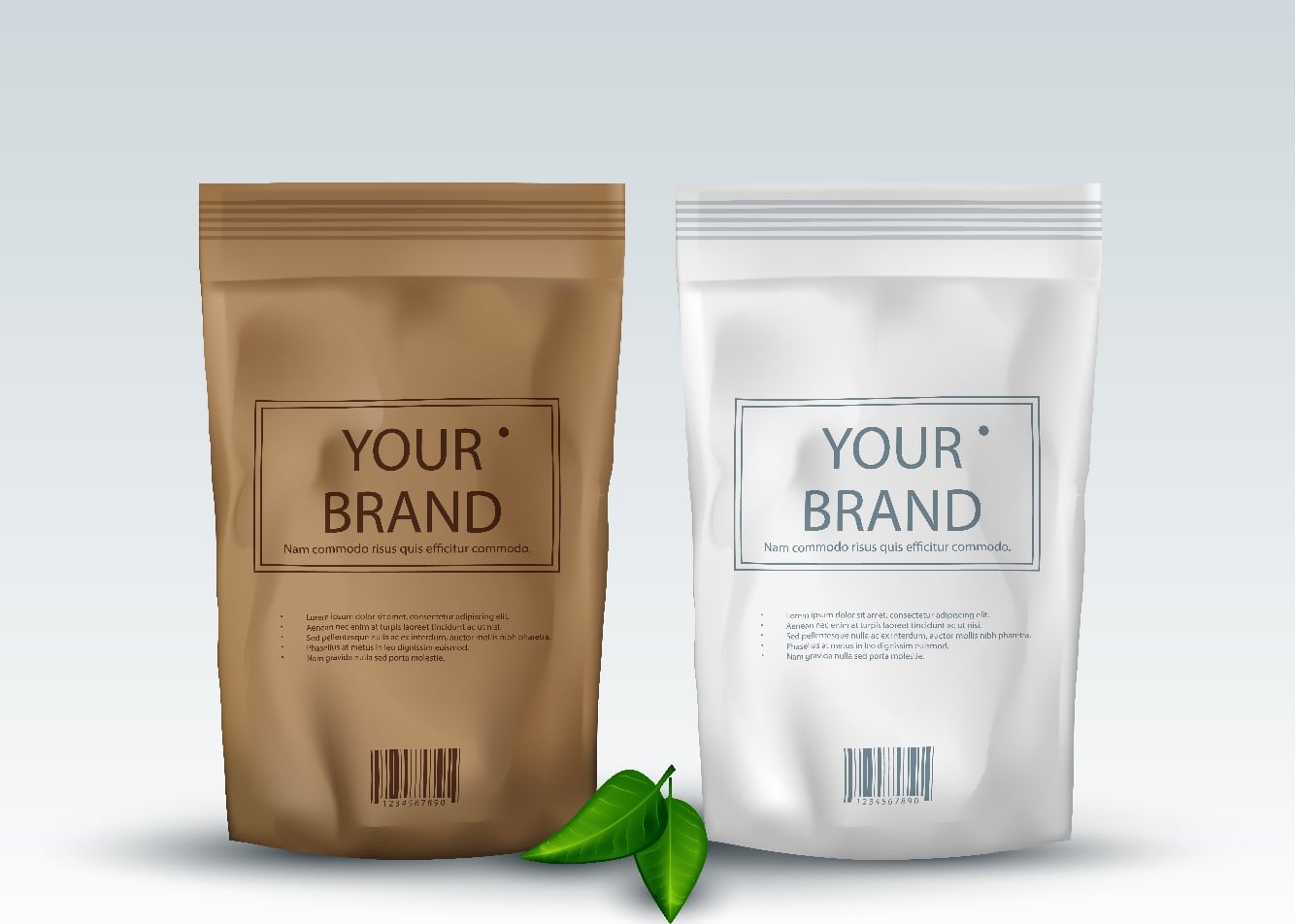The world’s population is becoming older, with estimates of more than one billion people fitting into the over-60s bracket within the next 20 years.
As a result, food packaging for elderly shoppers has become a buzz topic. Easy-to-open packages for consumers with age-related mobility issues such as arthritis, as well as bigger and clearer print are among some of the methods adopted for seniors.
“There are certainly more examples of ‘easy open’ packaging around in supermarkets than there were say five years ago,” said Dr Alaster Yoxall, Sheffield Hallam University, UK. “You can find examples on jams and preserves, cheese and pasta.”
'Long way to go'
Yet, the bulk of the work has been done in medical packaging thus far. For everyday products: “There’s still a long, long way to go”, Dr Yoxall said.
The pace of change on supermarket shelves is still “glacially slow” and finding solutions for elderly patients has become a hidden problem, he said.
“Despite years of talking about changing demographics and the issues, I’m always surprised when I talk to manufacturers about ageing populations. As an issue it hasn’t hit the consciousness in the same way as environmental sustainability,” he added.
Besides sustainable-minded packaging– for example re-sealable packs to reduce wastage – the biggest driver for change tends to be brand reputation, not ageing, Dr Yoxall added.
Change afoot
However, since market potential for ageing shoppers is becoming increasingly apparent, it is likely more companies will look at making packaging more age-friendly, Dr Alison Bell, University of Wollongong, Australia, added.

“It is a sensible business decision – the ‘baby boom’ older generation are discerning consumers and will have the disposable income to spend on packaged goods,” she noted.
Dr Yoxall – who has collaborated with Dr Bell on research into packaging for older consumers – agreed that wider adoption is coming in the next few years. Guidelines have been released surrounding the issues, he said, including the New South Wales government and Arthritis Australia policy on improving packaging accessibility.
“There’s more researchers like me banging at the door of manufacturers,” he added.
Dr Bell is one such researcher.
She told FoodNavigator: “We are looking to partner with packaging companies to work together to develop better universally designed food and beverage packs that are attractive, marketable and functional.
“Packaging has an incredible opportunity.”
From the consumer side, the concept could be welcomed with open arms.
Dr Bell noted that in her packaging research with healthy older people, she experienced none of the expected difficulties in enrolling participants with time consuming repeat visits to the university. In practice, she had to turn applicants who wanted to participate in the research away.
“The passion for the issue of how difficult packaging is to open was truly alive,” Dr Bell noted. “These people are angry about the daily difficulties they experience with food and beverage packaging.”
Easier packaging for all
However, the answer may not be specific packaging for elderly consumers, rather easier packaging for all consumers.
The improvements most needed are not ones aimed square at the elderly, rather at the general market, packaging commenter and author of the blog Packaging Sense, Lars Wallentin, said.

Packaging which is easier to open, with more user-friendly designs such as bigger text, would benefit all consumers, he said.
“Manufacturers shouldn’t be designing for older people unless the market segmentation of that product is for older people. ‘Inclusive’ design is about designing products for all,” Dr Yoxall added.
Universal design principals such as packaging which can be easily opened by the widest range of consumers – from the very young to the very old, able to disabled – is the way industry should be thinking, Dr Bell agreed.
One company already “famously” marketing easy-open packs is Duerr with its Ocean Spray Cranberry sauce which uses Crown’s Orbit closure, Dr Yoxall said.
Yet, cost could be a hurdle for wider change.
Innovation for large volume packaging generally has to sit within existing production methods if the manufacturer does not want to pump big funds into the production process, Dr Yoxall added.
For this reason, change needs to be done through “evolution rather than revolution,” he said.
“That said, I do think we need more innovation in packaging design, how we achieve it is another problem.”
